Understanding context Reading Comprehension Worksheets for Ages 3-8
6 filtered results
-
From - To
Unlock the magic of reading with our "Understanding Context" Reading Comprehension Worksheets, designed specifically for ages 3-8. These engaging worksheets help young learners grasp the importance of context clues in stories, enhancing their comprehension skills. With vibrant illustrations and age-appropriate text, children will tackle fun exercises that promote critical thinking and language development. Each worksheet encourages kids to infer meanings and connect ideas, making reading an enjoyable adventure. Ideal for home or classroom use, our resources ensure your little ones build a strong foundation in reading comprehension, setting them up for success as confident readers. Explore our worksheets today!
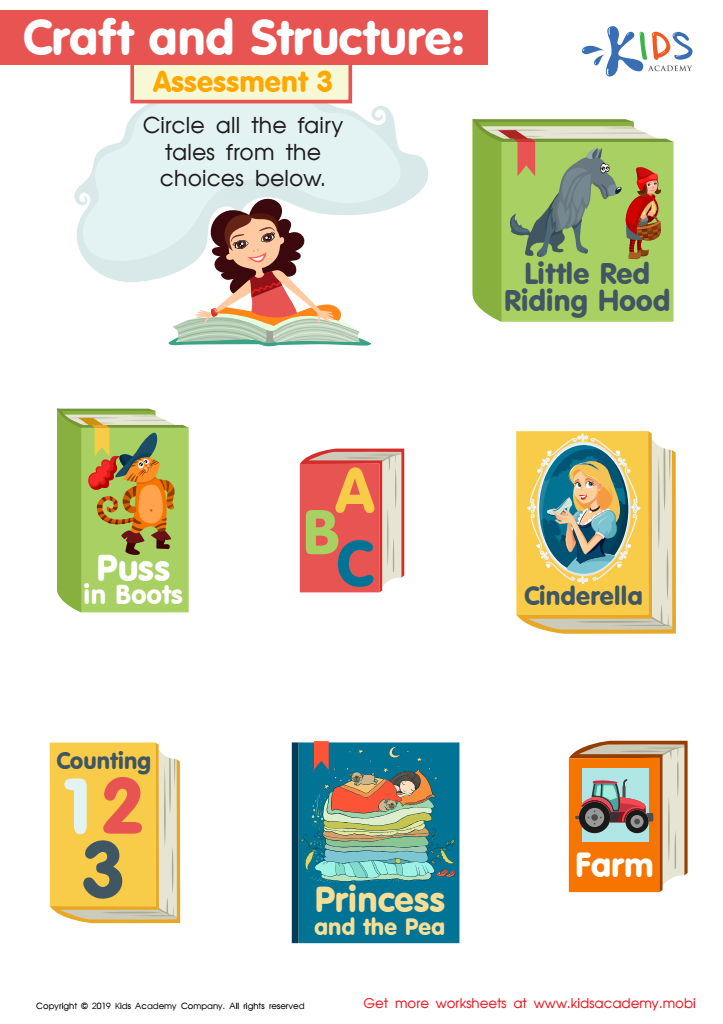

Craft and Structure: Assessment 3 Worksheet
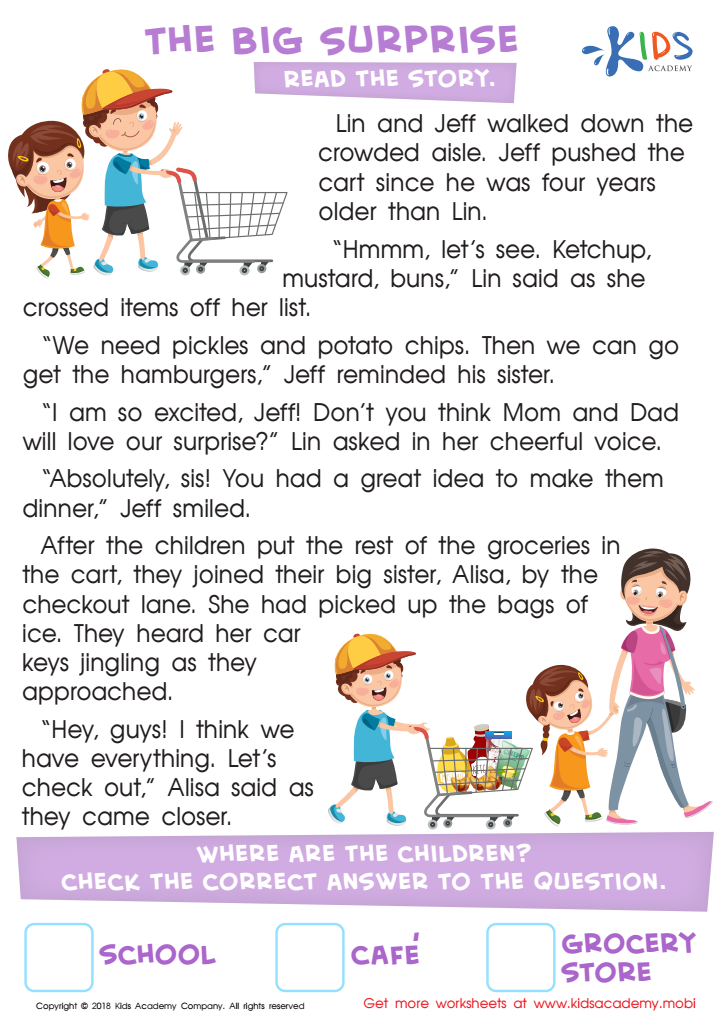

The Big Surprise Worksheet
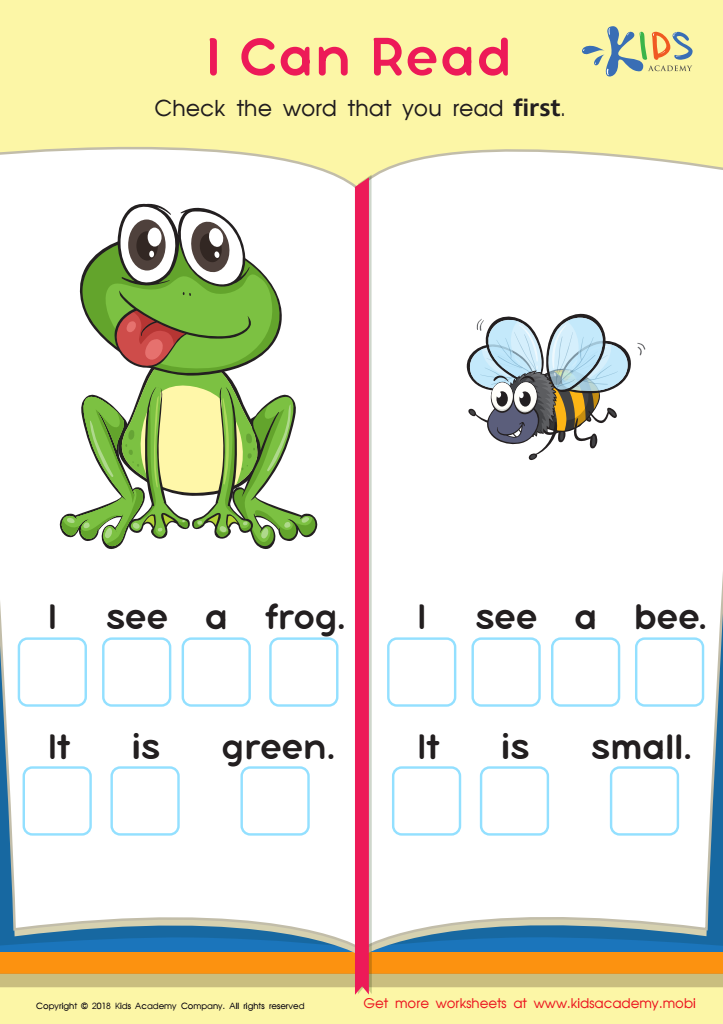

I Can Read Worksheet
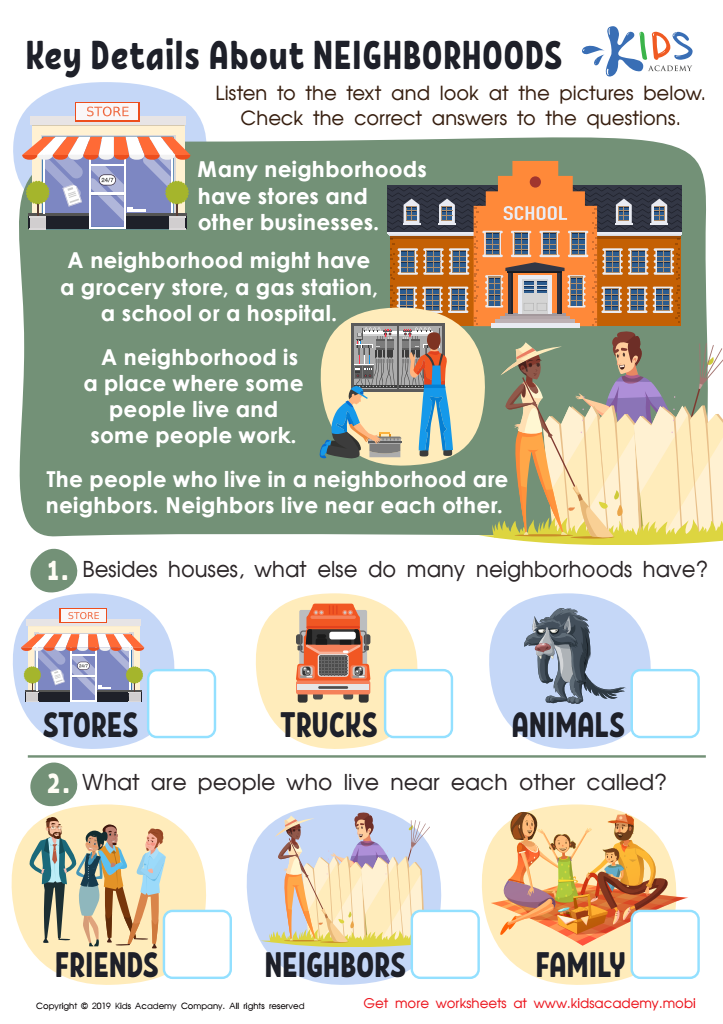

Key Details Neighborhoods Worksheet
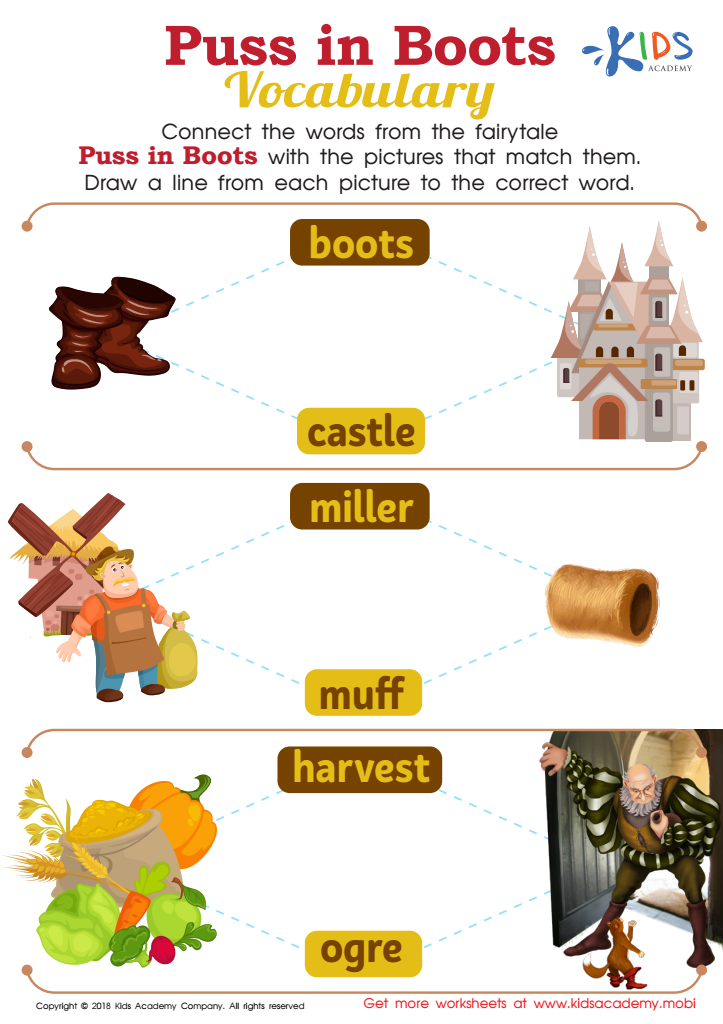

Puss in Boots Vocabulary Worksheet
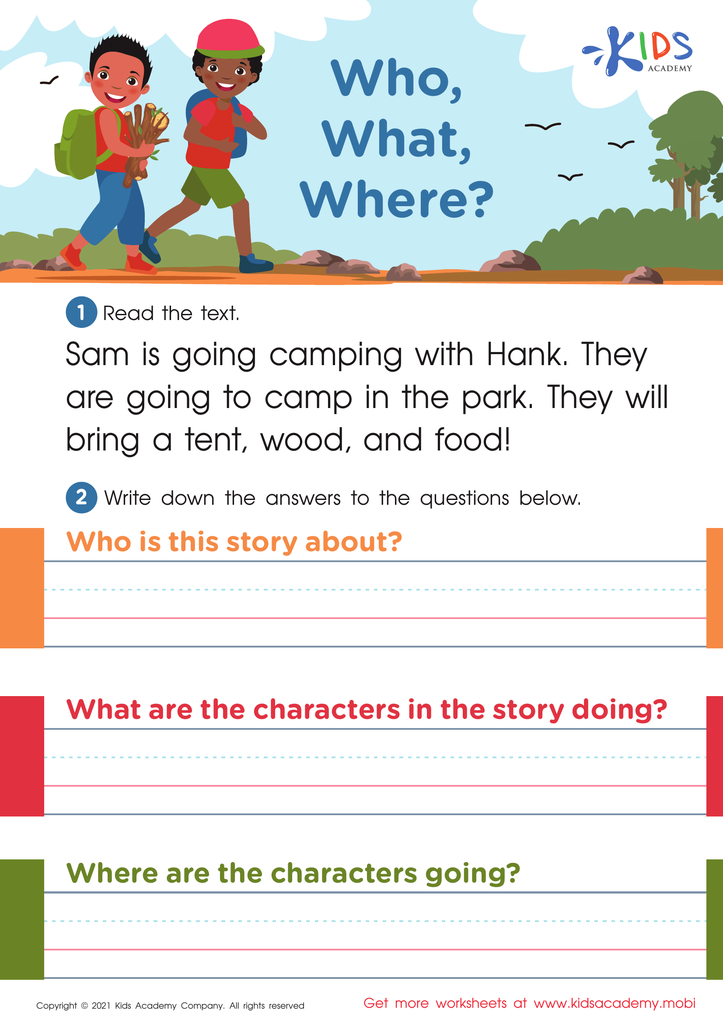

Who, What, Where? Worksheet
Understanding context in reading comprehension is crucial for children aged 3-8, as it lays the foundation for their overall literacy skills. For parents and teachers, grasping the contextual framework enhances a child's ability to derive meaning from the text, which is essential for their cognitive development and critical thinking.
When children understand context, they can relate stories, identify character motivations, and grasp the significance of events within narratives. This not only improves their reading skills but also fosters empathy, allowing them to connect with different perspectives and cultures. In early childhood, reading is more than decoding words; it’s about interpreting meaning and making connections to their own lives.
Moreover, strong comprehension skills correlate with success in school and beyond. Early exposure to diverse contexts helps children navigate real-life situations and academic challenges. For educators, implementing strategies that incorporate context—such as discussions, visual aids, and real-life comparisons—can create a rich learning environment.
In summary, parents and teachers should prioritize context in reading comprehension to nurture well-rounded, engaged readers who are equipped for future academic endeavors and social interactions. Cultivating these skills early establishes a lifelong love for reading and learning.
 Assign to My Students
Assign to My Students



.jpg)












